UI Design Systems
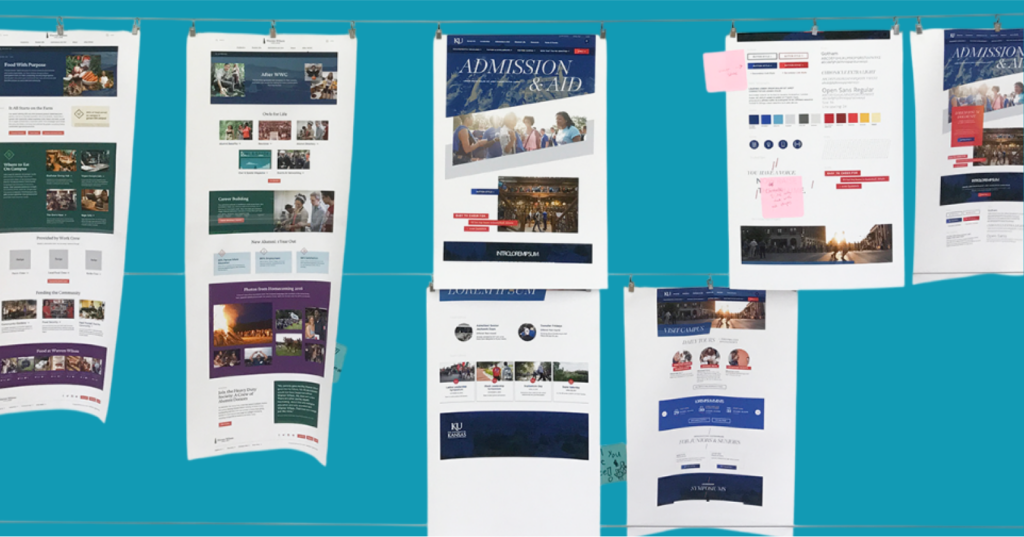
All websites, regardless of size, are made up of common elements. Some pieces are small (think buttons or headers) and some pieces are big (image galleries or news feeds). A design system organizes these common elements into reusable patterns that can be combined to make any page or interface you need.
How I Learned to Stop Worrying and Love Local Drupal Development
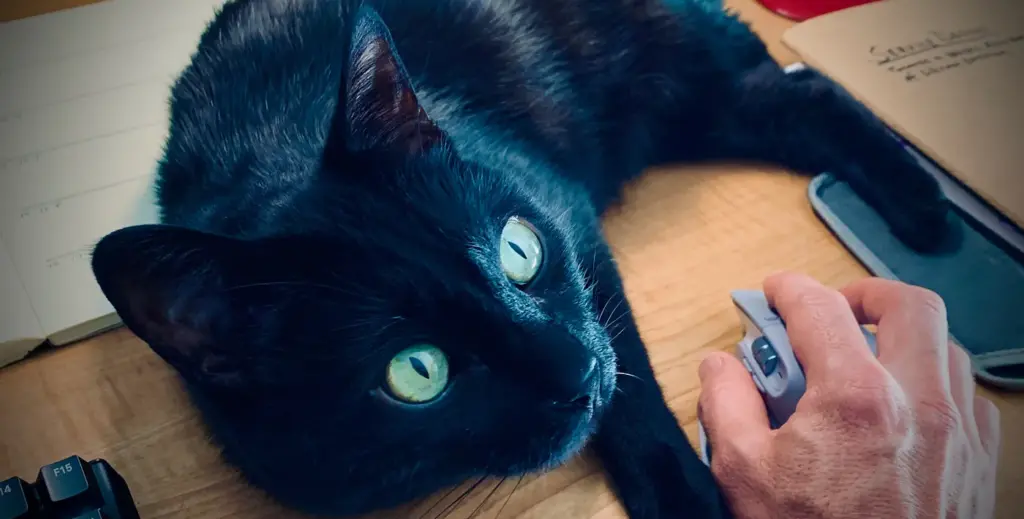
Part 2; Kicking Down Doors: My Drupal Journey From Site Builder to Developer
Kicking Down Doors: My Drupal Journey from Site Builder to Developer
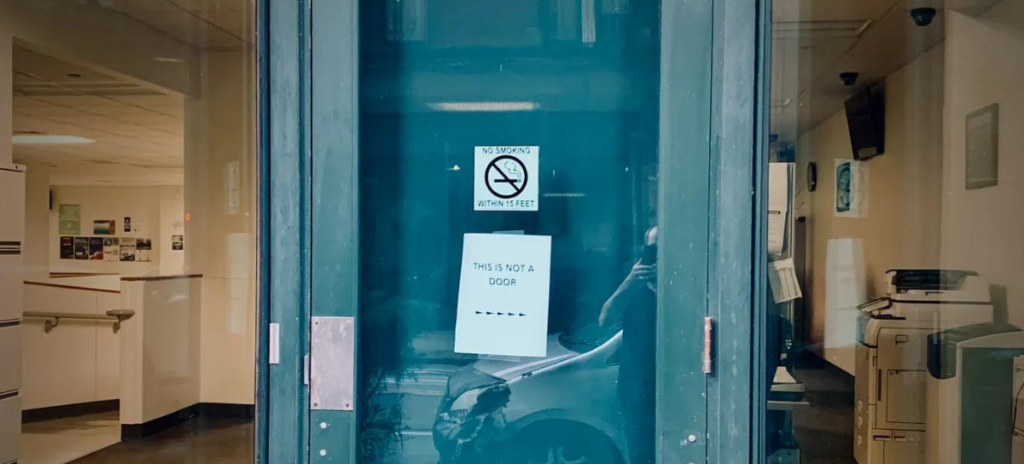
Don’t let yours take as long as mine.
Master Design Systems: 3 steps to building your component storefront in WordPress

Design systems may be the powerhouse behind your brand’s visual identity, but storefronts serve as the ultimate playground for editors, letting them discover the perfect components for their digital experiences. And with WordPress’ Gutenberg editor, you’ll find that creating your own storefront is not just a distant dream, but a three-step reality.
Teach Editors How to Use a Design System
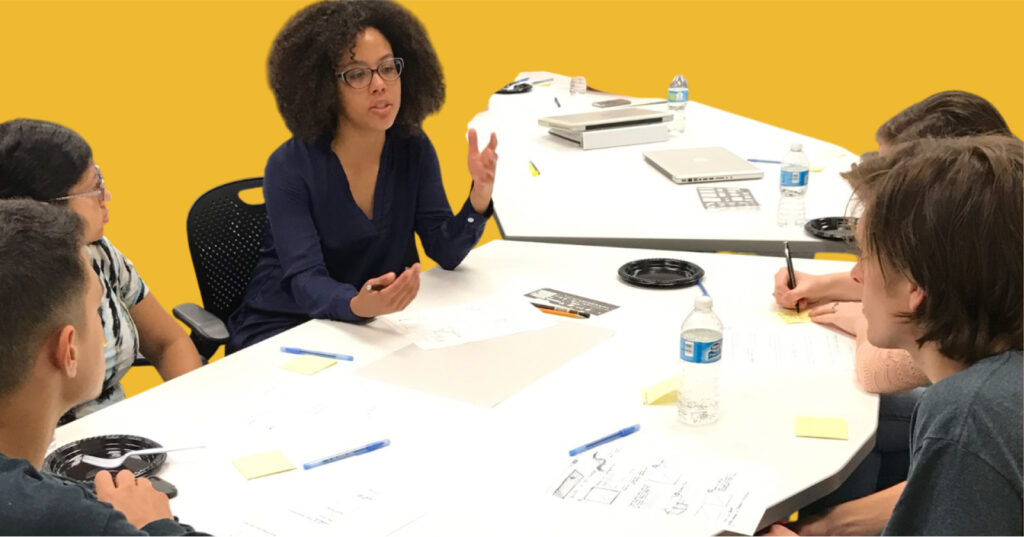
When organizations move from a template-based website to a design system-based site, content editors gain the flexibility to build new layouts to suit their needs. But it’s a very different way to think about content creation, since you can now stack and combine layout components like Lego™ blocks. Editors used to having one big WYSIWYG […]
10 Automated Tests to Keep Your Website Healthy — and Help Your Devs Sleep at Night

At NewCity, we apply a number of different automated tests to our client sites. Below are ten of the most useful ones we’ve found.
Build Your Digital Playbook & Toolkit
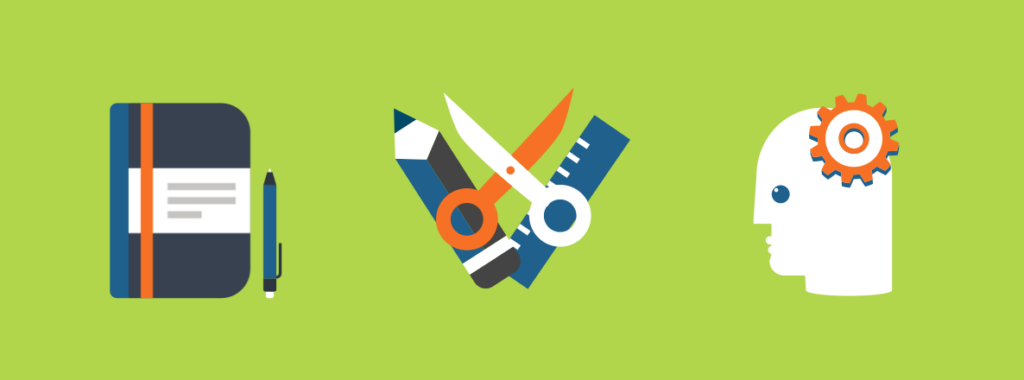
Every leader who shapes the web presence of a big organization wants to deliver a powerful online experience, one that reflects the brand, attracts people and delivers great service at all levels – from the main gateway to the smallest department.
Page Tables for Website Content Creation

Page Tables help web content editors plan content–both text and media–that will work well for each page of a website. A page table breaks the page down into its components, explaining what should go into each part of a content type or layout in simple terms, with examples. They’re most helpful for repeatable content types […]
Is your hypertext too hyper?

If your page is full of links that people find confusing or distracting, and if the only design solution is to make those links harder to see, what you have is a content problem.
Infinite Scroll: A Bad Idea for Usability and Accessibility

Though a common interaction on the web, infinite scroll causes problems for accessibility, usability, and performance. The cost to work around them is usually not worth the tradeoffs, and in the end, it can have a negative impact on the user experience.
